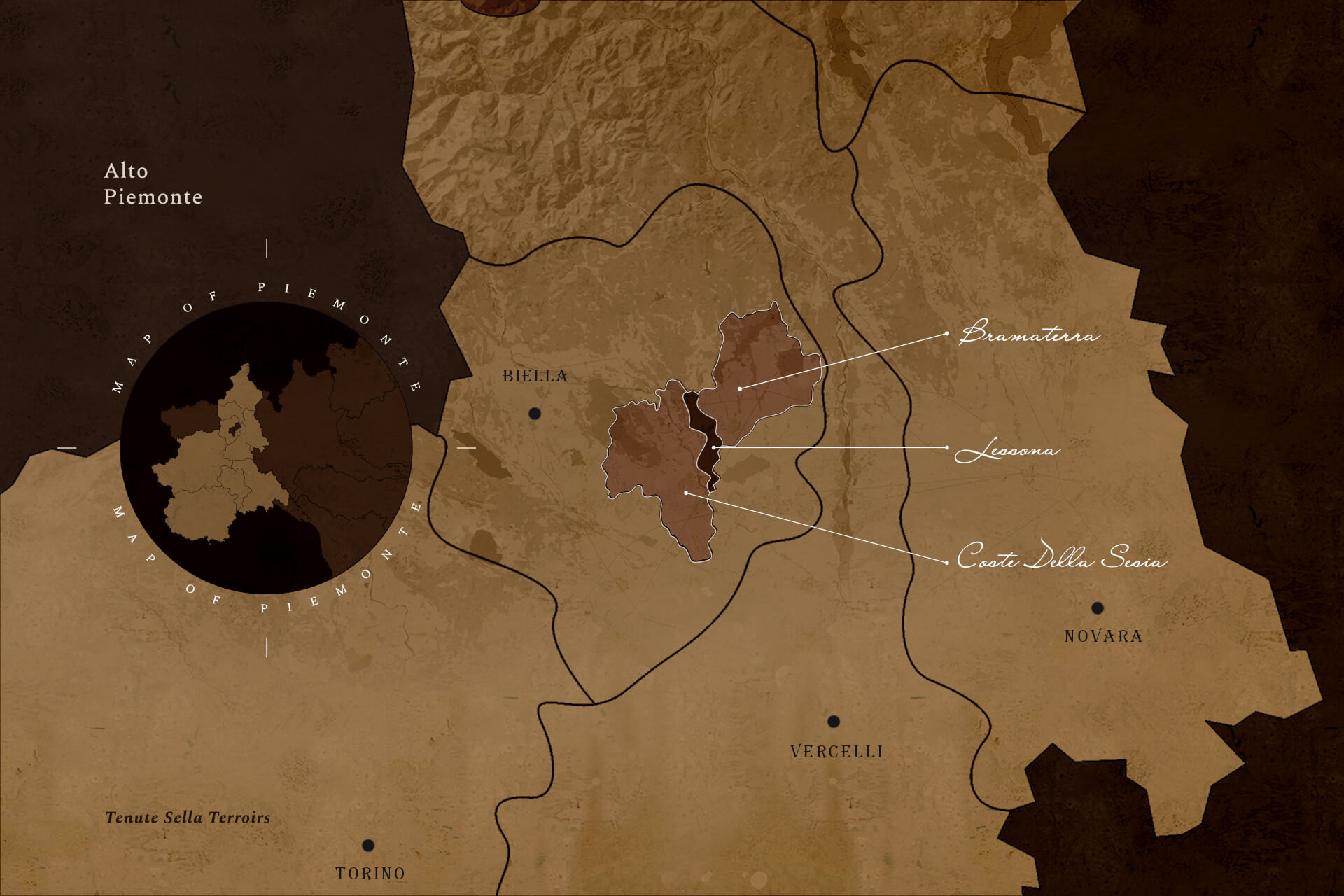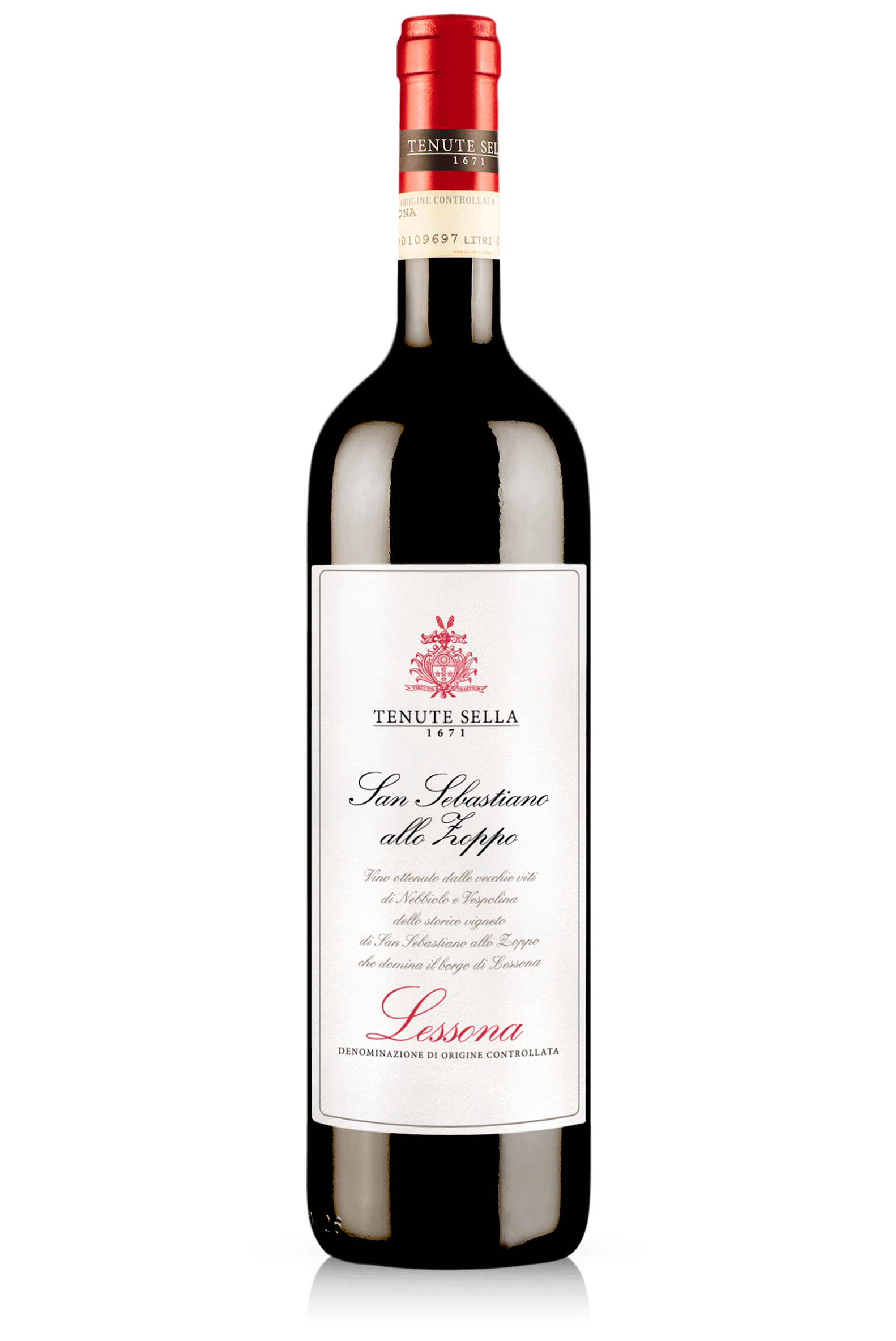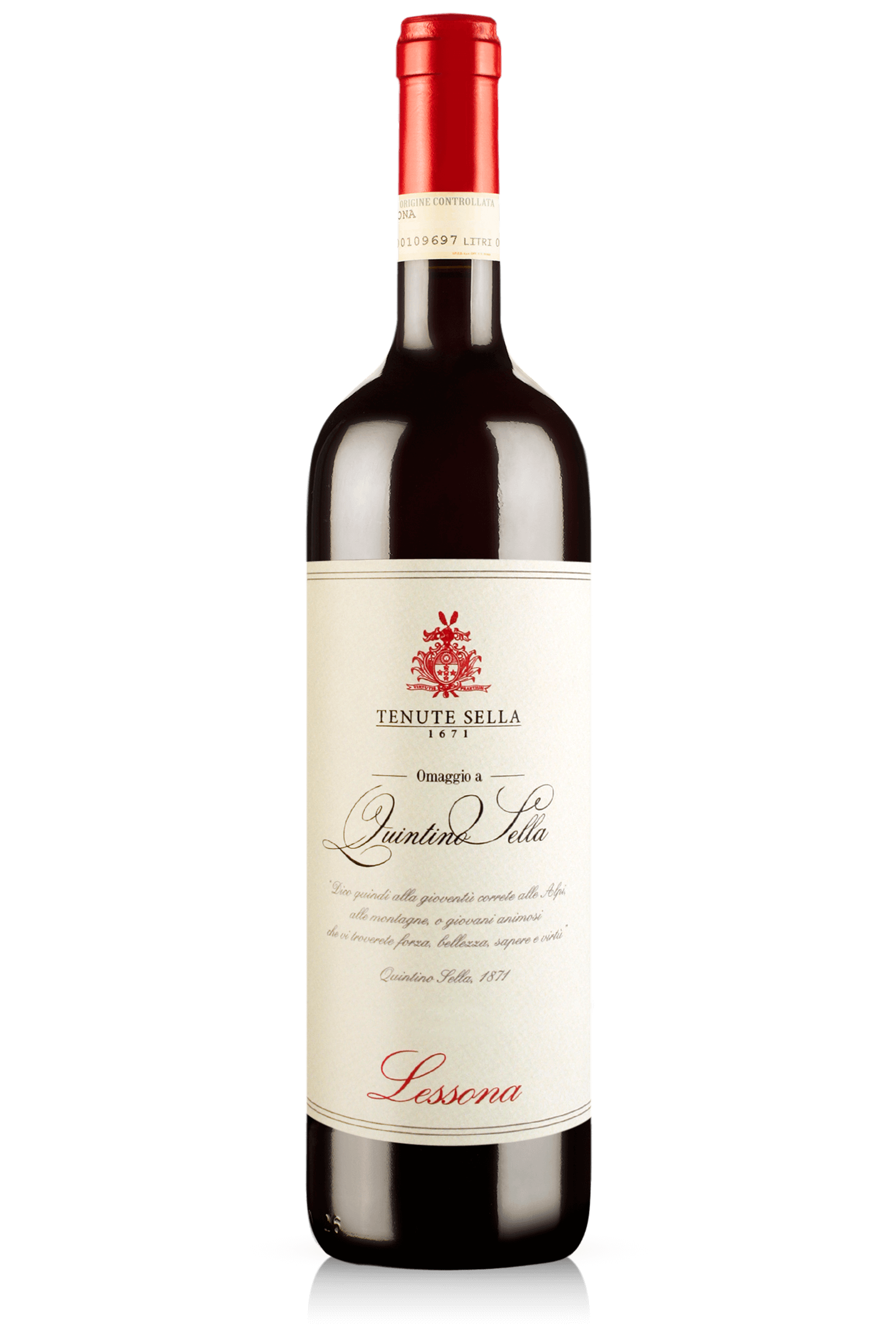CARATTERISTICHE DEL VINO
Un nome che è simbolo di Lessona e della sua storia. La collina di San Sebastiano allo Zoppo risulta coltivata a vite fin dal 1436. Dalle uve di questo storico vigneto, con i suoi vecchi ceppi di Nebbiolo e Vespolina, si ottiene un vino che costantemente esprime tutta l’eleganza e la profondità della terra di Lessona.
VITIGNI: Nebbiolo 85%, Vespolina 15%
1993
25 giorni Fermentazione malolattica con tecnica del coinoculo
Selezione in vigna e successivamente sul tappeto di cernita in cantina Diraspa-pigiatura fermentazione con controllo termico in vasche d’acciaio inox con rimontaggi e delestage
36 mesi in botti in rovere di Slavonia da 25 hl e 12 mesi in tonneaux in rovere di Allier
oltre i 30 anni
2000
CARATTERISTICHE DEI VIGNETI
75 anni
collinare
Sud-Ovest
guyot classico
seconda metà di ottobre
330 metri s.l.m.
TERROIR
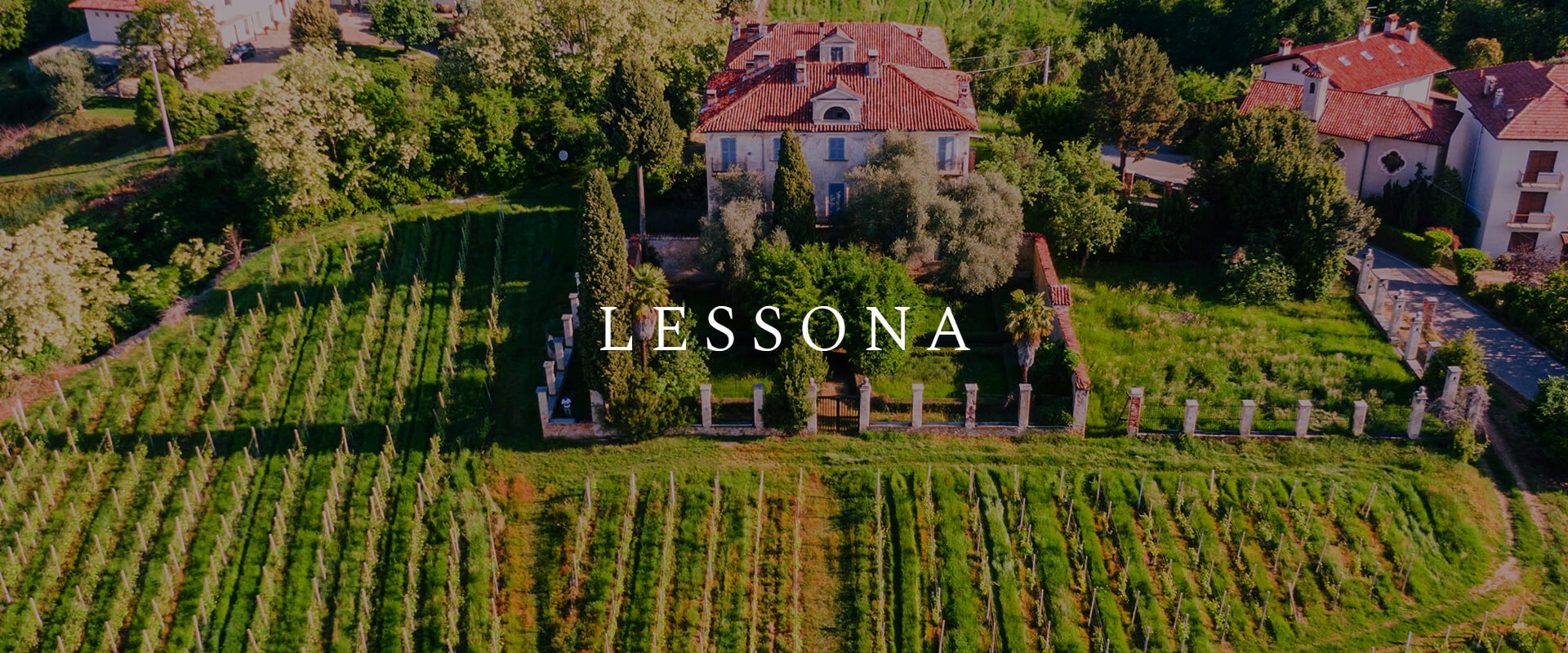
Questa regione geografica ha clima di tipo sub-continentale padano caratterizzato da numerose oasi microclimatiche, legate alla particolare esposizione dei versanti. Queste “oasi”, tra cui la nostra fascia collinare di Lessona, arrivano ad avere temperature medie annue di tipo pressoché mediterraneo. L’inverno, solitamente parco di precipitazioni, vede raramente episodi nevosi ed eccessi di gelo. La primavera, umida e temperata, agevola l’avvio, spesso piuttosto precoce, della vegetazione. L’estate, calda e siccitosa, tende a sfumare gradualmente nell’autunno, non di rado mite e asciutto, con un ottima escursione termica tra il giorno e la notte, che garantisce maturazioni lente. Le precipitazioni, piuttosto abbondanti nell’areale biellese, si riducono ampiamente a distanza di pochi chilometri: mentre Biella riceve circa 1500 mm/anno, Lessona, 15 km a est, ne registra in media poco più di 1000, con distribuzione prevalente nei mesi primaverili. Ne consegue che le piogge estive sono fondamentali per il benessere dei vigneti: le sabbie di Lessona, molto drenanti, costringerebbero le viti a stress idrici eccessivi. I suoli vocati nel Comune di Lessona sono costituiti per la quasi totalità da sabbie marine con pH tra i più acidi dell’intero panorama vitivinicolo italiano. Le concentrazioni importanti di alcuni elementi quali ferro e manganese vanno a caratterizzare fortemente il quadro minerale dei vini.
La gestione viticola viene effettuata nel massimo rispetto dell’individuo vite; l’alta età media dei nostri vigneti (circa 40 anni) ci impone di rispettare ogni singolo ceppo, garantirne l’equilibrio e il benessere. Lavorare con vigneti antichi comporta costi maggiori e produzioni ridotte, ma queste viti con le loro radici profonde, producono uve che rispecchiano profondamente il terroir d’origine. Sempre per rispettare in primis i nostri terreni, evitando problemi di erosione, cerchiamo di limitare le lavorazioni dei suoli ad una per anno al massimo (normalmente svolta ad inizio inverno). Le concimazioni avvengono con letame naturale o pallettizzato e attraverso lo sfalcio dell’erba, che, concentrando i residui sul sotto-filare, permette di ridurre gli apporti di azoto. La quasi totalità delle lavorazioni è portata avanti manualmente, dalla potatura invernale alla vendemmia. La modalità d’allevamento è a filare, con potatura a guyot da 8-12 gemme. Normalmente nei nostri vigneti non occorre diradare la produzione nella stagione estiva: l’età dei vigneti garantisce naturalmente un carico di uva ridotto, in media tra i 250 ed i 1000 grammi per ceppo.
